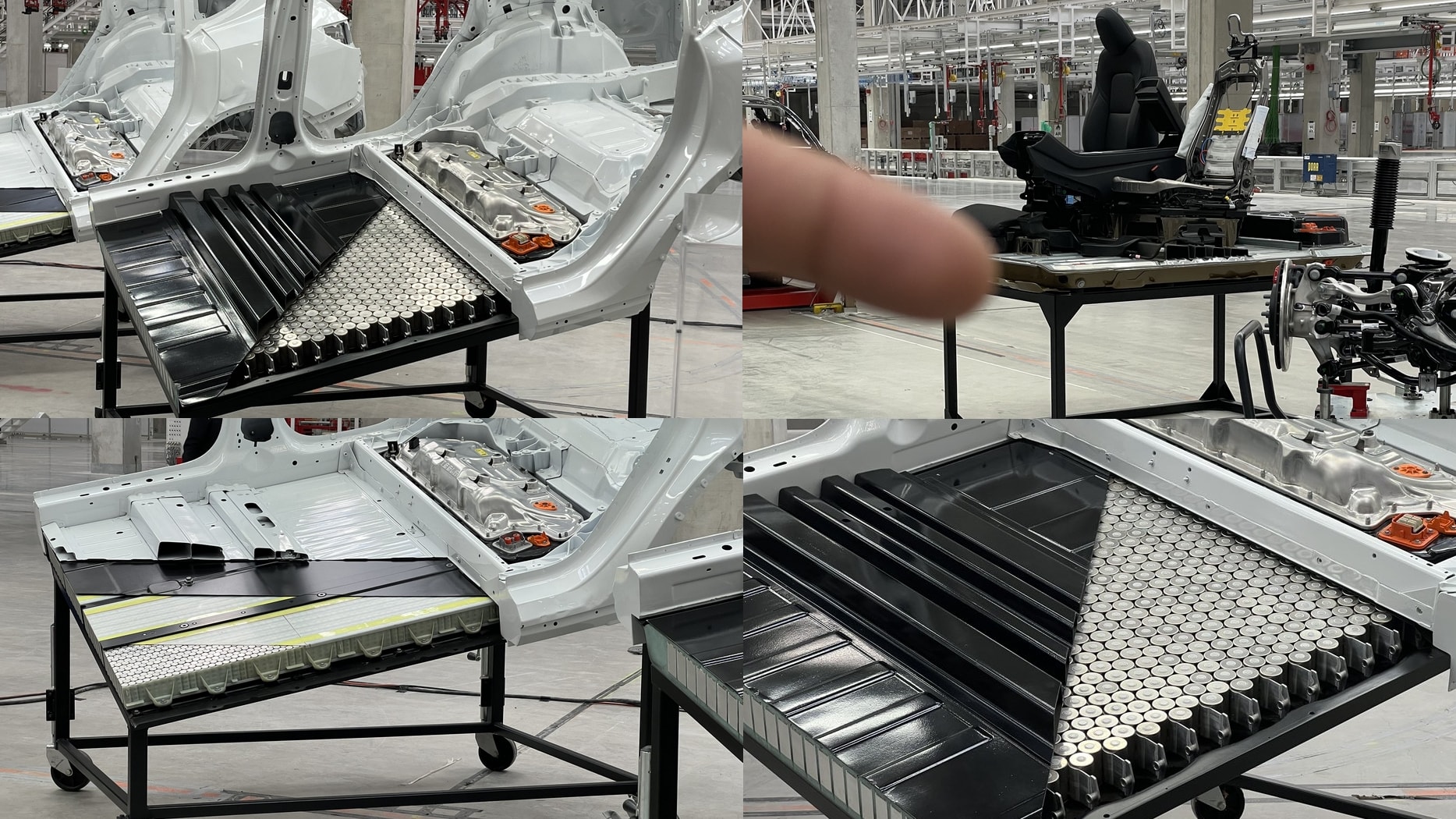Mark Alset
Member
No, they consistently cherry pick orders for max profit. Both vehicles had FSD with blue paint upgrade so you are pretty much guaranteed two spots at the front of the line.
That makes sense, but still crazy to see them move up a MYLR with a July EDD to try and sell in Q1. Will need to put hold on both cars if they send me a VIN for the MYLR too. So much for my plan to order the MYLR as a “backup” to increase odds I’d get an Austin build with the $10k FSD pricing.
There is still hope though. I should be allowed to hold for up to 90 days from when the orders were placed. That would put me in April, and Austin should be delivering to east coast by then.
I am not too concerned about early Austin builds. I currently have an early build Model 3 vin 15xxx. Many issues with it cropped up before, during, after and years after delivery but Tesla fixed everything. The car is still so much fun to drive. No regrets other than the gen1 seats. They are really uncomfortable on long drives.






